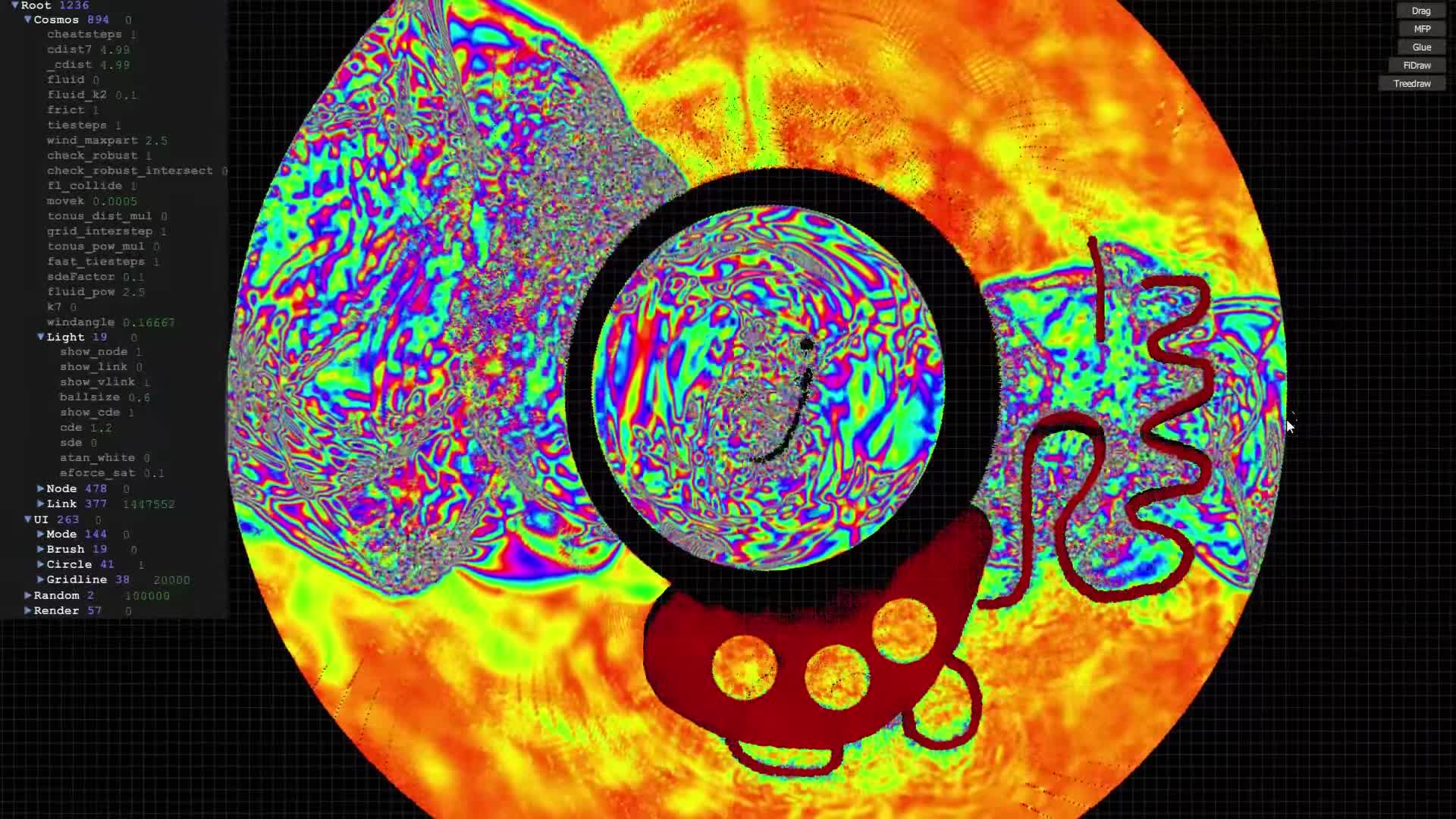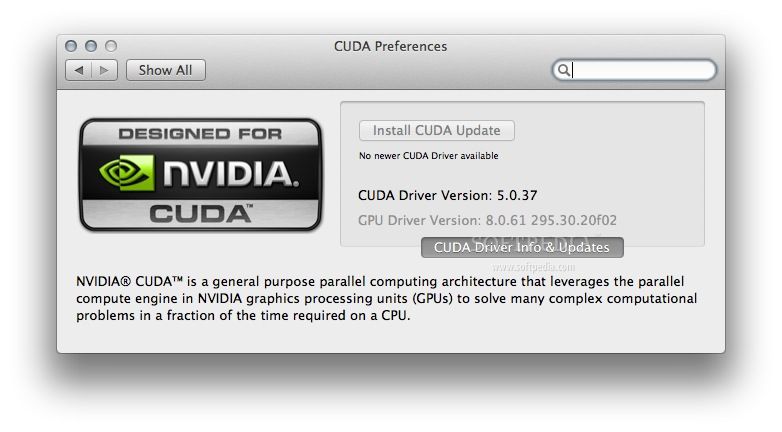
Reboot the GPU instance after all the commands have completed successfully.
#CUDA TOOLKIT INSTALL#
The Download Installer (or similar) section should appear and display a list of commands needed to download and install the CUDA Toolkit. Installer Type: rpm (local) for distributions using rpm packages or deb (local) for distributions deb packages.Version: Select the distribution version (ex: 20.04 for Ubuntu 20.04 LTS).Distribution: Select the distribution you have installed on your GPU instance (ex: Ubuntu).Under the Select Target Platform (or similar) section, choose the following options: This page provides the installation instructions for the latest version of the CUDA Toolkit.

See NVIDIA’sĬhoose an Installation Method for more details. These steps cover using the destribution-specific packages as recommended by NVIDIA. There are two methods to do this locally: distribution-specific packages (through a package manager) or a distribution-independant runfile. Install the NVIDIA CUDA Toolkit software for your distribution. Sudo yum install gcc kernel-devel-$(uname -r) kernel-headers-$(uname -r)

Sudo dnf install gcc kernel-devel-$(uname -r) kernel-headers-$(uname -r) Sudo apt install build-essential linux-headers-$(uname -r)ĬentOS/RHEL 8, AlmaLinux 8, Rocky Linux 8, and Fedora sudo dnf upgrade Ubuntu and Debian sudo apt update & sudo apt upgrade Pre-installation Actions for additional information. Install the kernel headers and development packages for your distribution. System Requirements to learn which distributions are supported. It’s recommended to follow the instructions within the following guides:īe sure to select a distribution that’s compatible with the NVIDIA CUDA Toolkit. This guide walks you through deploying a GPU instance and installing the CUDA Toolkit.Ĭloud Manager, the Linode CLI, or the Linode API.

To take advantage of the powerful parallel processing capabilities offered by GPU instances equipped with NVIDIA Quadro RTX cards, you first need to install NVIDIA’s CUDA Toolkit.


 0 kommentar(er)
0 kommentar(er)
